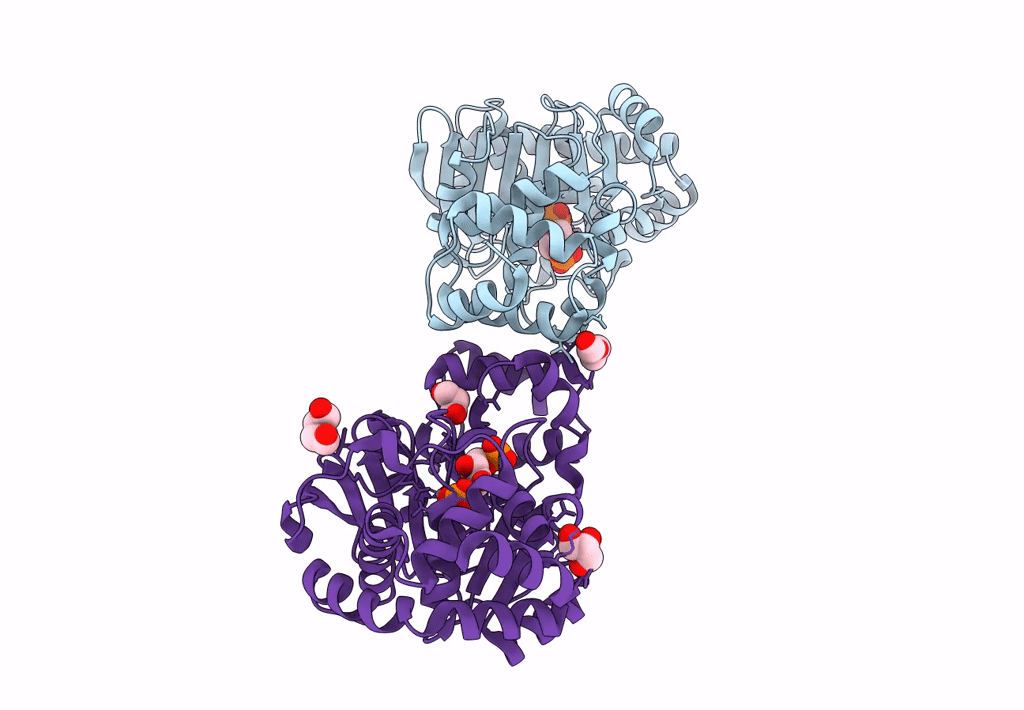
Deposition Date
2009-02-20
Release Date
2009-12-15
Last Version Date
2023-11-01
Entry Detail
PDB ID:
3GBR
Keywords:
Title:
Anthranilate phosphoribosyl-transferase (TRPD) double mutant D83G F149S from S. solfataricus
Biological Source:
Source Organism:
Sulfolobus solfataricus (Taxon ID: 2287)
Host Organism:
Method Details:
Experimental Method:
Resolution:
2.25 Å
R-Value Free:
0.25
R-Value Work:
0.19
R-Value Observed:
0.19
Space Group:
P 1 21 1


